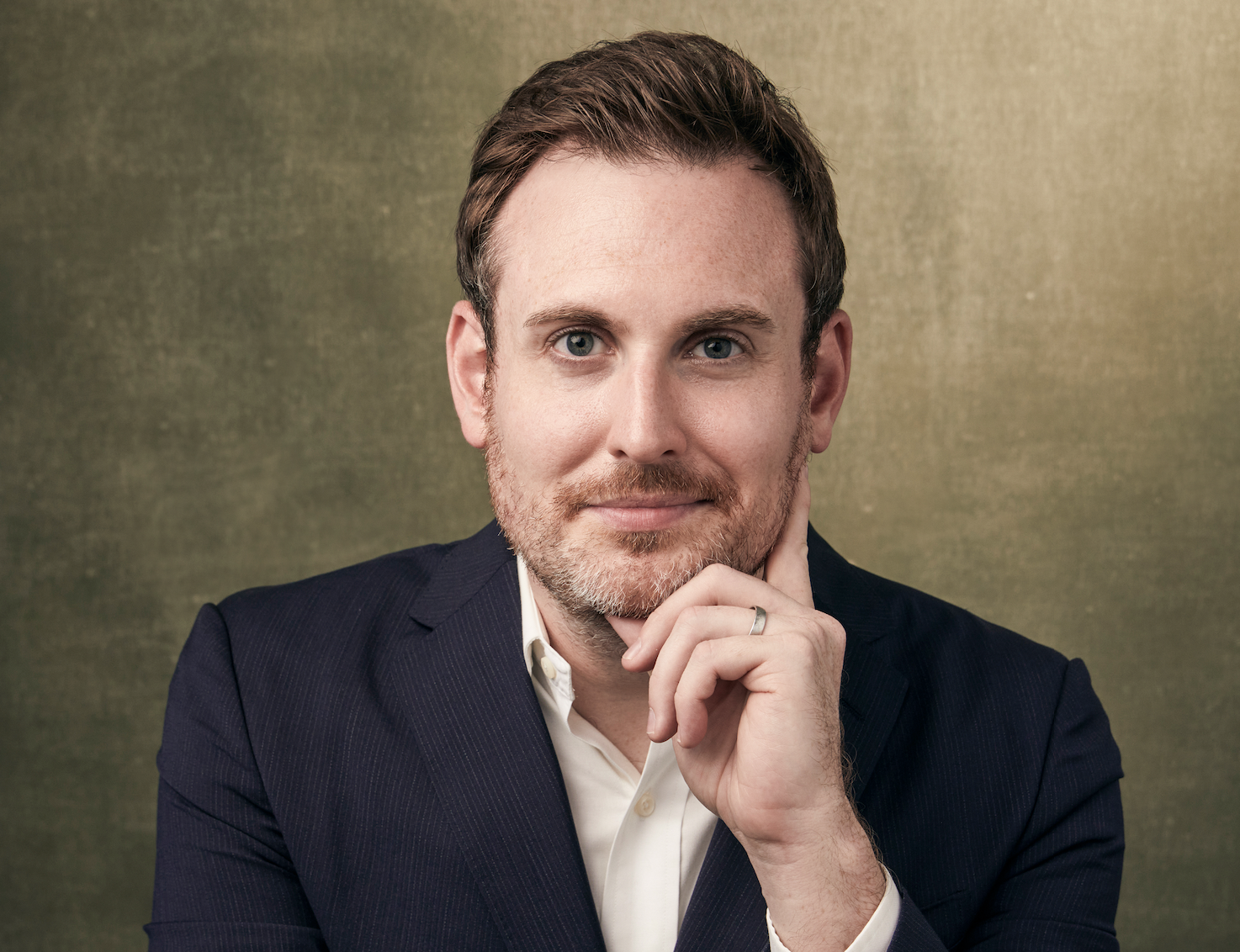
Photo: IMG_0213
Civil society gains new ground at Habitat III
18 October 2016
by Richard Forster
There were 30,000 attendees expected at the Habitat III meeting in Quito but on yesterday’s opening day, as a huge queue snaked back through the El Ejido park, you would be forgiven for thinking that Pope Francis was back in the city.
Estimates put the final number of registrants at just under 50,000 (though UN sources could not confirm the number), many of whom spent several hours sheltering under umbrellas from the blazing sun, in the hope of getting into the Casa de la Cultura Ecuatoriana, the venue for the main conference sessions and the plenary assembly of national governments. Rooms are packed to capacity and local people are even sending email requests to gain last-minute entry. Clearly, it is not only taxi drivers and people selling umbrellas who are celebrating Habitat III coming to Quito.
While one urban specialist at the Asian Development Bank quipped that the event perfectly captured the chaos of cities, what the huge attendance shows is a groundswell of interest and support from citizens for urban issues. Pope Francis has said degrading the environment is a sin and 15 months on from his visit, the residents of Quito are showing their understanding of the close relationship between cities and climate change.
In its own way, this meeting reflects the formal recognition during discussions leading up to Habitat III, that the implementation of the New Urban Agenda will require the support of not only national governments but all segments of society.

The UN Secretary-General said as much in his speech addressing the plenary session. “Cities and towns have an immense role to play in ending poverty and building inclusive societies that promote participation by all,” declared Ban Ki-moon citing the importance of investment in infrastructure and affordable housing, and the need to engage with all citizens, especially with women and girls, to make cities safer and more productive.
Ban backed his words by agreeing to an unscheduled meeting with 16 representatives of civil society, who had come together as a new group, the General Assembly of Partners (GAP). The Secretary-General’s audience with them marks a remarkable period of development for the GAP, which represents 16 very diverse interest groups from grassroots to academics, farmers to parliamentarians, and which unites business people with trade unions on the same platform.
“It is you who really makes governments open their ears and eyes,” said Ban addressing the GAP chairs. “I assure you of the full support of the UN system and I count on your continuing engagement.”
Still, not everyone feels included. Waiting in the queue for Habitat III were representatives of Blue Ocean, a US faith-based eco-feminist group, which has set up community meetings in cities and championed the rights of girls in education including in Ecuador. They described how they had applied for a side event but had been turned away and told to “go to the Hilton”.
In conversations with Cities Today, leaders of major city associations bemoaned the fact they had not been consulted on the New Urban Agenda though they represent the very cities and mayors who will be tasked with the implementation of the principles set out in the document.
But the General Assembly of Partners, formed just 17 months ago, seeks to help both: a constituency group for grassroots co-chaired by the NGOs, Wiego and SDI, is open to all stakeholders like Blue Ocean with an interest in sustainable urbanisation. And the global city networks, UCLG and ICLEI, are leading the local authorities’ group to which city associations can make their feelings known.
GAP is a new and developing partnership and if the implementation of the New Urban Agenda is to be inclusive, it offers a vehicle through which thousands of organisations that may have previously felt excluded, can now make representations to the UN and its member governments.
“Fully a third of those who participated this time had never been a UN stakeholder before,” Genie Birch, president of GAP and co-director of the Penn Institute for Urban Research, told Secretary-General Ban.
Chairs of the constituent groups of the General Assembly of Partners have already had the opportunity to make representations on behalf of members at the preparatory meetings organised by the UN in 2015 in Prague, New York and Surabaya. It was through such preparatory meetings that Member States agreed the content of the New Urban Agenda, which sets out a series of voluntary commitments to be adopted this week by 193 governments.
Last Sunday, the GAP members voted at their plenary session to continue their activities post-Habitat III to assist in implementation of the New Urban Agenda for the next four years. At the same meeting, Ana Moreno, Secretariat Coordinator for Habitat III, revealed that 16 seats had been granted to the group for the plenary sessions this week, something that is unprecedented in previous UN meetings.
Moreno has worked closely alongside Joan Clos, the Executive Director of UN-Habitat, to secure a role for GAP before and during this United Nations Conference on Housing and Sustainable Development, as Habitat III is formally known. She said the recognition for the work of GAP in the text of the New Urban Agenda itself was a landmark.
“What GAP has brought has been no silos, no independent interests, and an integrated approach with groups still having their own identity and that is a very good legacy,” said Moreno.
*The author is co-chair of the Media Constituency Group of the GAP
https://www.youtube.com/watch?v=X_KAPrQ0gwI&feature=youtu.be








